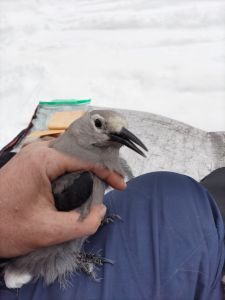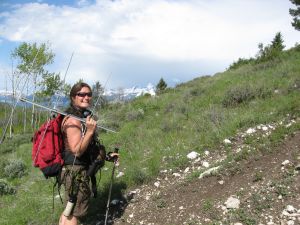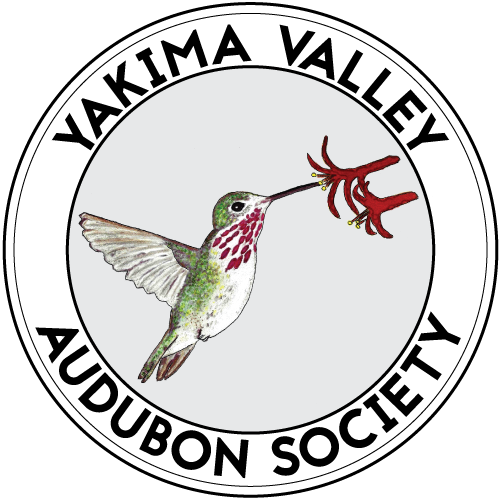Clark's Nutcrackers and Whitebark Pine - Pivotal Players in our Western Mountains | Taza Schaming | May 2023 | YVAS Program
General ·YVAS Monthly Meeting and Program - Taza Schaming - Clark’s Nutcrackers and Whitebark Pine: Pivotal Players in our Western MountainsWhitebark pine and Clark’s Nutcrackers have a fascinating relationship: the trees provide rich, fatty seeds, and the birds “plant” the trees’ seeds —a single bird may hide up to 98,000 seeds in a year. The food caches help the birds get through the winter, and the leftovers grow into new trees. In fact, whitebark pine trees sprout almost exclusively from nutcracker seed caches. This dependency has led to considerable concern for both species because whitebark pine ecosystems are rapidly disappearing in the western United States. While whitebark pine restoration efforts are underway, these efforts will not be effective if Clark’s Nutcracker populations decline or their habitat selection changes to a degree that they are not available to disperse seeds. Taza Schaming has been trapping, surveying, radio-tracking, and satellite-tracking nutcrackers since 2009, to study movement, habitat selection, and social behavior. Now, in collaboration with Alison Scoville, Central Washington University, she has also been using acoustic monitors to continuously survey nutcracker occurrence in whitebark pine stands throughout the Cascades, as the first step in a proposed long-term citizen science project. Her ultimate goal is to determine which management actions will increase the persistence of nutcrackers throughout their range. The Yakima Valley Audubon Society contributed funds to this ongoing study.
Posted by Yakima Valley Audubon Society on Thursday, May 25, 2023

Whitebark pine and Clark’s Nutcrackers have a fascinating relationship: the trees provide rich, fatty seeds, and the birds “plant” the trees’ seeds —a single bird may hide up to 98,000 seeds in a year. The food caches help the birds get through the winter, and the leftovers grow into new trees. In fact, whitebark pine trees sprout almost exclusively from nutcracker seed caches. This dependency has led to considerable concern for both species because whitebark pine ecosystems are rapidly disappearing in the western United States. While whitebark pine restoration efforts are underway, these efforts will not be effective if Clark’s Nutcracker populations decline or their habitat selection changes to a degree that they are not available to disperse seeds. Taza Schaming has been trapping, surveying, radio-tracking, and satellite-tracking nutcrackers since 2009, to study movement, habitat selection, and social behavior. Now, in collaboration with Alison Scoville, Central Washington University, she has also been using acoustic monitors to continuously survey nutcracker occurrence in whitebark pine stands throughout the Cascades, as the first step in a proposed long-term citizen science project. Her ultimate goal is to determine which management actions will increase the persistence of nutcrackers throughout their range. The Yakima Valley Audubon Society contributed funds to this ongoing study.
Since 2009, Taza Schaming has been investigating the impact of the decline of whitebark pine on Clark’s nutcrackers, studying the stability and resilience of the Clark’s nutcracker-whitebark pine mutualism, to help ensure persistence of these species and the nutcracker’s seed dispersal function. She began her research in the Greater Yellowstone Ecosystem, then branched out into the North Cascades Ecosystem in 2018. Taza finished her PhD at Cornell in 2016, and is continuing her research as a long-term study as a Wildlife Ecologist through Northern Rockies Conservation Cooperative. She spends her free time exploring the woods and world with her eight-year-old daughter, Suneva - birdwatching, hiking, camping, canoeing and skiing.

